Gu Lu meat, also known as the ancient meat. It is a special dish in Guangdong. This dish dates back to the Qing Dynasty. At that time, many foreigners in the city of Guangzhou are very love Chinese edible vegetables, especially love to eat eat Sweet and Sour Spare Ribs, but not used to spit bone. Guangdong is to cook the meat bone with seasoning and starch mixing made only a large circle, into the pan fried until crisp, sticky, sweet and sour sauce, taste sweet and sour, by Chinese and foreign guests welcome. The history of sweet and sour spareribs is relatively old. After being restructured, it is renamed "ancient meat". Foreigners pronunciation, often the "old meat" is called "Sweet and Sour Pork", because when eating chewing flesh is elastic, rattle, so for a long time the two term coexistence. This dish enjoys a high reputation both at home and abroad. The common grunt meat is pineapple and canned pork.
Practice:
1. pickled pork with 2/3 teaspoon salt for fifteen minutes. Add 3 tablespoons cornstarch, mix with your hands and are completely coated with corn starch (this step is to forget to take pictures)
2. hot pot to 160 degree, wrapped powder into streaky pork, keep fire, fried until golden yellow, you can remove the dry oil.
3. put a little oil in the pot, put in the green pepper, add a little salt, fry until broken, and set aside.
4. pour seasoning A into a bowl and mix evenly.
5. reheat a spoonful of oil in the pan and pour the seasoning A into the pot. Cook it until it is thick enough to hang on the spatula.
6. put in pineapple and stir fry.
7., add the fried meat.
8. quickly stir fry until the meat and pineapple pieces are evenly wrapped in the sauce. Finally, stir fry the green peppers.
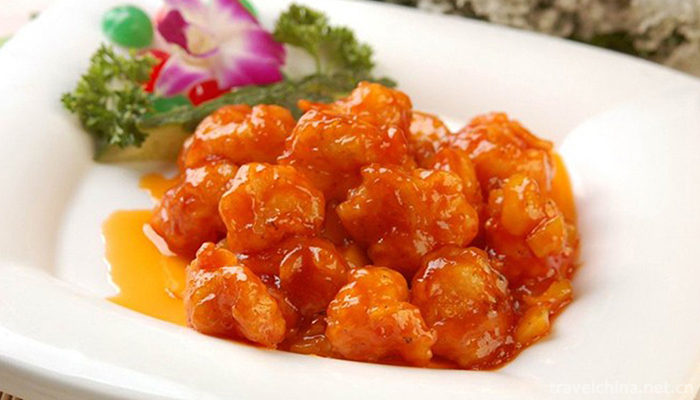
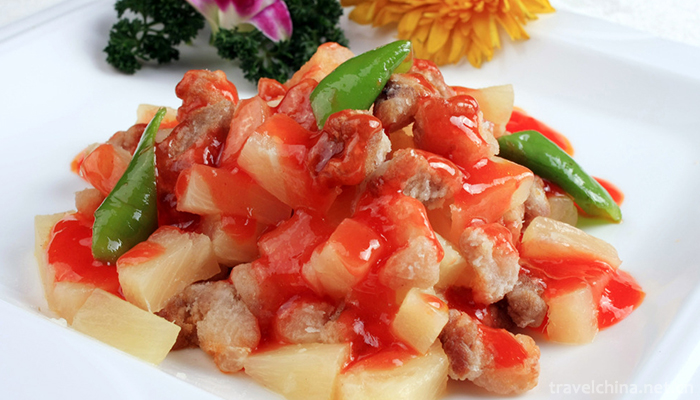
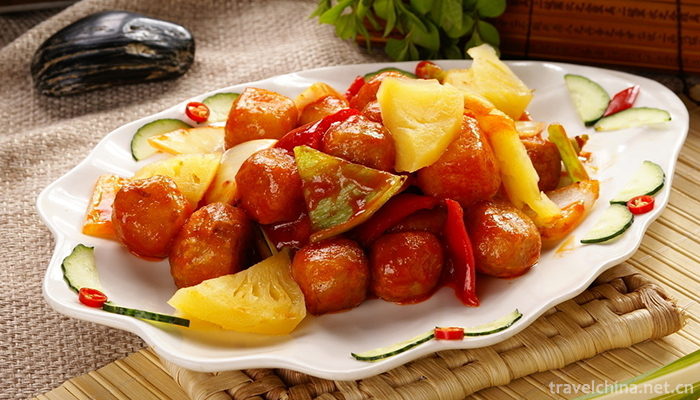
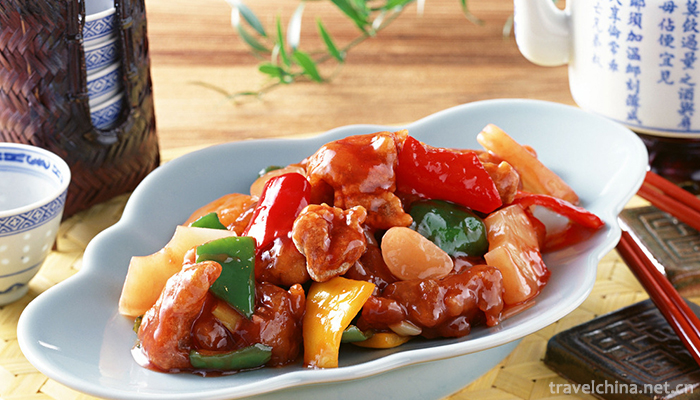
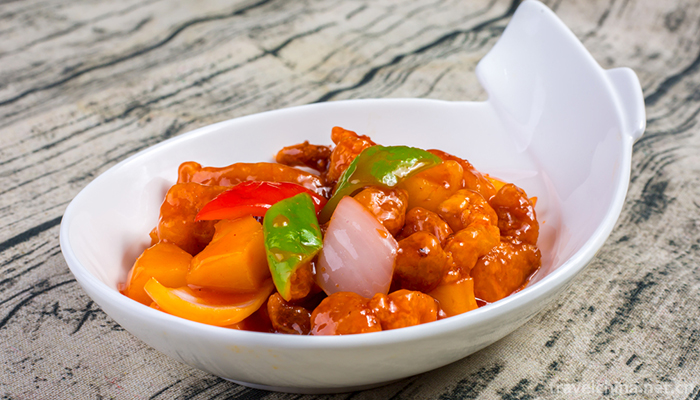
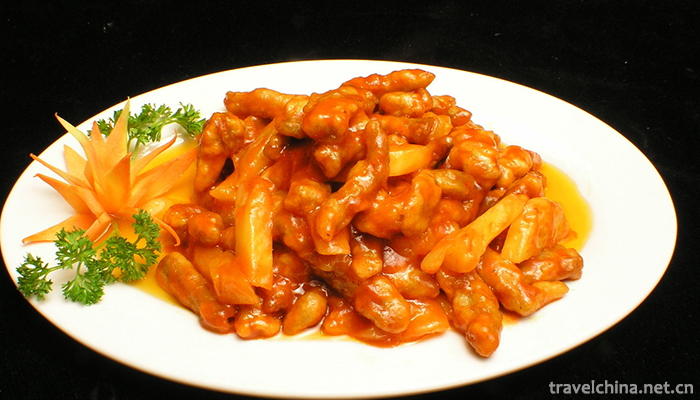
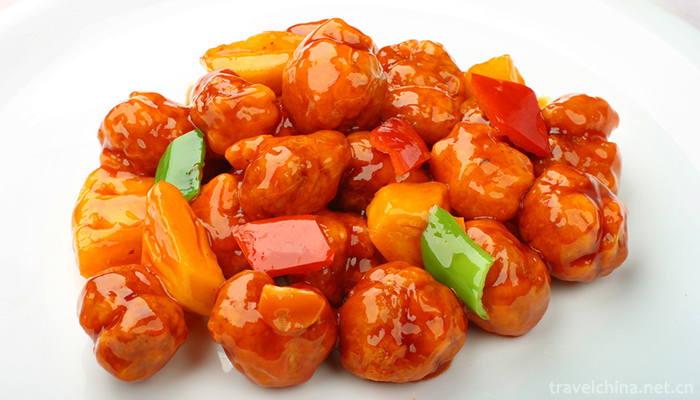
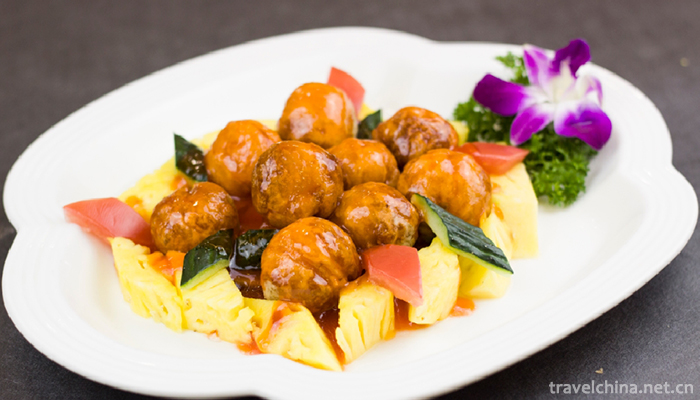
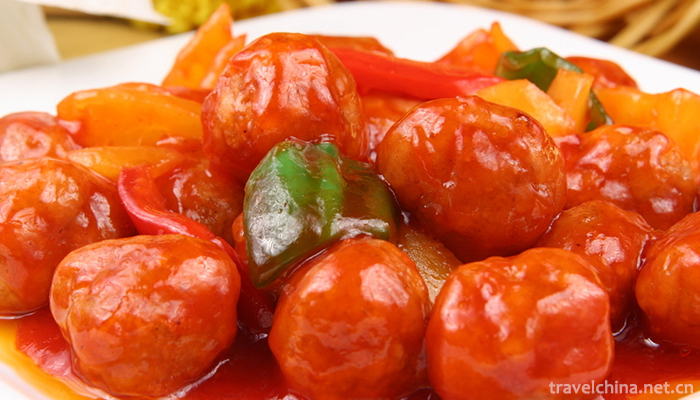
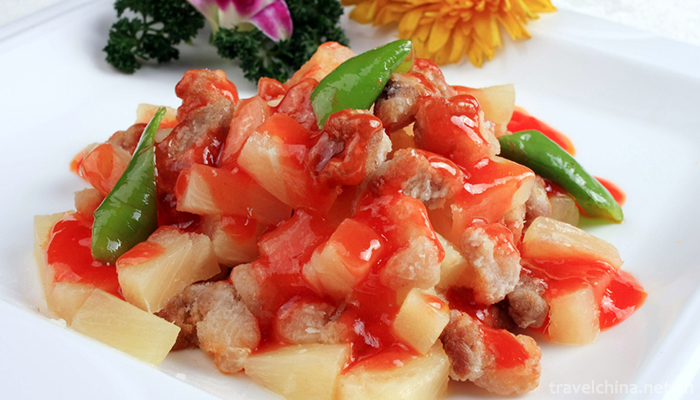
0 Questions
Ask a Question
Your email address will not be published.